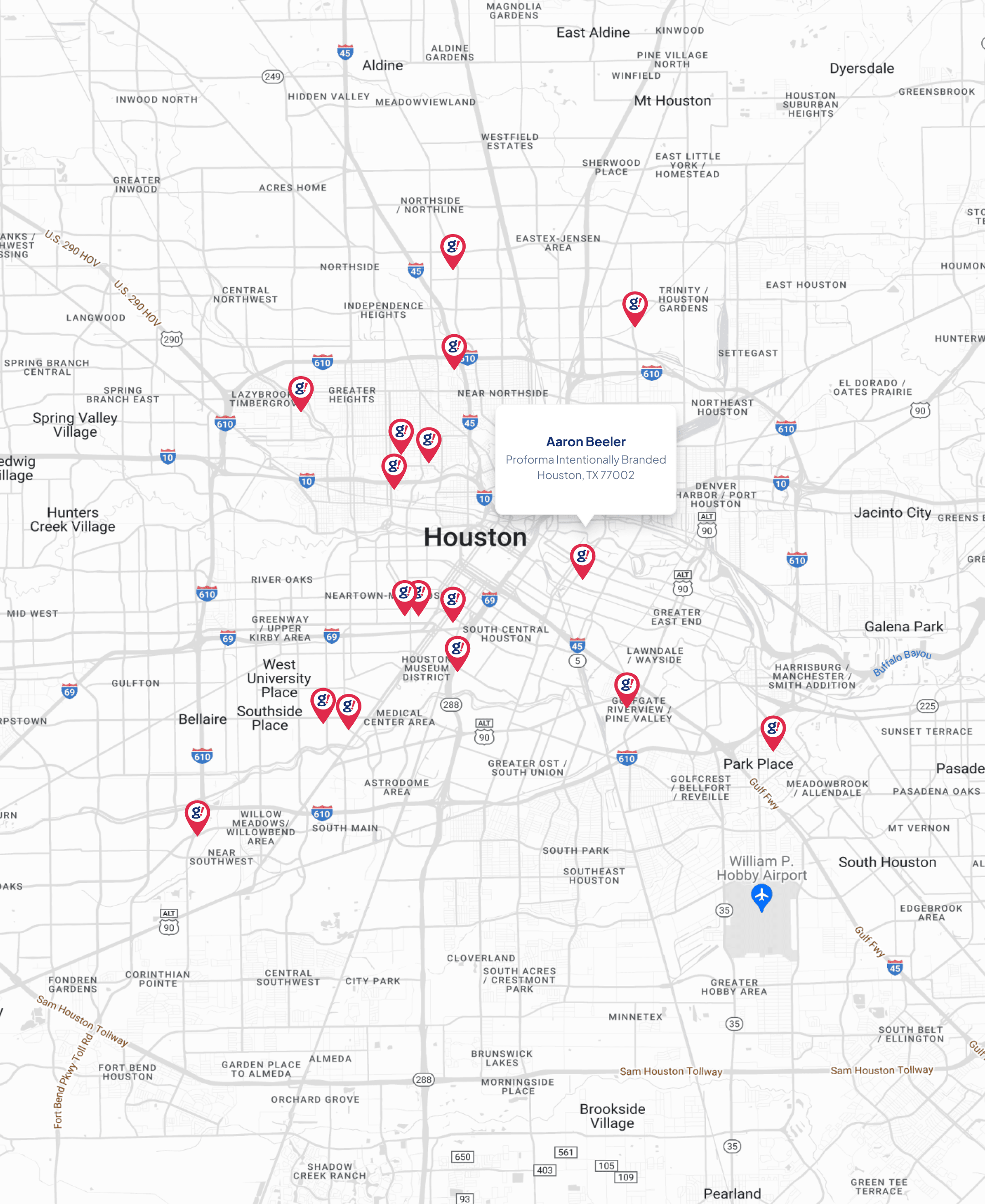14 Technical SEO Tips to Make Your E-commerce Site Successful
- Updated on: 2017-12-01
- Read original article here

E-commerce site owners must pay special attention to the technical factors affecting their brand’s search presence. Apart from backlinks, technical SEO plays an important role in improving your overall ROI from search.
Here is a complete checklist that e-commerce site owners must use to fully audit their websites.
The first step to getting good rankings is to have the site indexed properly. Take the help of the site operator and run a search on Google in order to identify the number of pages indexed.
Apart from the pages blocked by robots.txt, every other page should get properly indexed by Google.
In case your site isn’t showing up, submit URL directly to Google and submit a sitemap using the search console. Similarly, you can submit your URL to Bing.
Moreover, check the crawl error report in the Search Console and identify the URLs that Google could not successfully crawl due to an HTTP error.
Take the mobile-friendly test and check whether your pages render well on mobile devices.
Ask your developer to prepare a responsive design that will help serve the same code to all devices regardless of size, thereby enhancing the overall user experience.
Add the meta tag viewport in the head section of all web pages:
This will signal the browsers that your web page is responsive and will adapt to all devices.
If your site is still serving m-dot URLs then here is a guide to safely move your m-dot URLs to a responsive site.
Take the Page Speed Insights test in order to identify the issues that might be impacting the loading time of your website. Address the suggestions provided by the tool and constantly try to improve your page speed.
The inclusion of keywords in the right areas is the backbone of SEO. Add your main keywords in the below elements can help improve your search engine visibility.
Start the title with your main keyword then follow it up with offers that users can’t resist. For example, if you are selling birthday cakes then a title like “Birthday Cakes – Flat 30% Discount on First Order!” might help.
Use your main keyword in the starting sentence and add all your secondary keywords after that. Taking the birthday cake example above, a good meta description would be “Fresh birthday cake with free home delivery! Chocolate, butterscotch, fruit n 25+ varieties. Order online.”
Ensure that you have your main keyword in the H1 tag. In this example, an H1 tag like “Fresh Birthday Cakes” is the best to use.
Add around 400 words of content beneath the main heading (H1) and include all your primary and secondary keywords in it.
Add proper subheadings then use variations of your main keywords in these sections. It is necessary to provide an outline of your main content as it helps Google to better understand your page.
Use proper alt text for every image used in the page because search engines get an idea about the image by reading the contents of the alt attribute. For example, if you are using an image of chocolate cake then provide an alt tag “chocolate cake” to it.
Duplicate content is a major concern when it comes to optimizing e-commerce sites. Use tools like Screaming Frog and Siteliner to prepare a list of all the pages that are having duplicate content.
Once you have a list of duplicate URLs then Disallow the affected URL parameters using robots.txt.
There are several URL parameters created during sessions or when internal site search queries are entered. These can create more than one URL having the same content. Hence, it is necessary to block such duplicate URLs using the robots.txt file.
The below example blocks URLs created dynamically including session ids and site search queries.
Also, ensure that you do not have thin content on your site. Thin content means having two pages on your site on the same topic – one selling birthday cakes online and the other selling cheap birthday cakes online. It is better to merge such thin content pages into a single page by 301 redirecting one URL to another.
Use the Screaming Frog SEO tool to find out the pages that are missing title tags, meta descriptions, and alt text.
Add proper text to the missing tags using the technique suggested in point # 3 above.
Also remember that each of your pages should have a unique title, description, and H1 tag.
Do not make the mistake of not having high-quality content on your site simply because you are selling products and not services. Moreover, avoid producing low-quality content that does not solve your users’ problems.
Google strongly suggests creating quality content for users. The content needs to be useful, informative, and must present a unique view to the topic compared to what your competitors have.
It should also be engaging and free of any grammar or spelling mistakes. You can make use of these tools for preparing effective SEO content.
If your site provides gated content then ensure you offer flexible sampling for both audiences and search engines.
An e-commerce site is not complete without a proper CTA. It is important to easily distinguish CTA from other elements of the page to improve your click-through and conversion rates.
Here are some best practices when using CTAs:
One of the most common mistakes you can make is to keep the main menu intact even after the visitor has reached the checkout page.
As a site owner, you want conversions to happen as quickly as possible and one of the best ways to do that is to have a clutter-free checkout page.
Do not keep the main menu visible once the customer has reached the checkout page. Only keep that button visible that takes the user to the next step in the funnel and do not present a wide array of options before the user. Doing so might confuse the users they might not reach the end of the funnel.
Visit the Search Console and click on “Crawl stats” in order to have an idea of the crawl budget.
Crawl budget is a measure of the number of pages that Google crawls from your site in a day.
Low crawl budget can cause indexation issues. You can increase the crawl budget by optimizing the overall linking structure of your site and by increasing the number of backlinks you are having for your domain.
Moreover, it can be improved by getting rid of duplicate content pages, fixing broken links, and keeping your sitemap updated.
The internal linking structure is perhaps the most important part of an e-commerce SEO strategy.
Follow a breadcrumb structure and link the main category pages from the home page.
Similarly, all sub-category pages should be linked from their main category pages.
This creates a pyramid linking structure to allow proper flow of PageRank.
Also, get rid of any broken links and minimize the number of redirects (if any) as this will eat up your crawl budget.
It makes sense to have a custom 404 page on your site so that the users are able to navigate hassle-free on the site.
Many times visitors will type incorrect URLs to visit inner pages or some broken internal links might cause your server to return a non-custom 404 page that can possibly confuse your visitors.
A better solution to the problem is having a properly designed custom 404 pages that have important navigational links to direct the users to relevant pages in case they are lost.
Ensure you are not using excessive parameters or session IDs in your URLs. Visitors can lose trust in a website if the URLs are confusing.
For example, if you are selling Adidas shoes then a great URL would be:
On the other hand, a bad URL would be:
Have shorter URLs under 160 characters for better usability and add static URLs in the sitemap. This will help the search engines to better crawl and understand the contents of the page.
Use the Live HTTP Header plugin to check for proper redirects.
Remember, for a URL that is not available anymore, you must use a 301 redirect to the closely relevant page.
Avoid bad redirects like 302s, 307s, meta refresh, and JavaScript redirects, as these can harm your SEO efforts.
Similarly, avoid redirect chains as they can diminish the amount of PageRank value passed.
You can’t succeed in e-commerce SEO in 2018 if you do not implement AMP.
Here is a great article by Natalie Hoben that will guide you how to properly implement AMP for e-commerce.
E-commerce SEO is not an easy task. Regular monitoring via Search Console and Google Analytics is extremely necessary in order to identify issues that might affect the visibility of the site in the search engines.
Following the above checklist can surely help to better optimize your website for more conversions.
Image Credits All screenshots taken by Guy Sheetrit, November 2017



